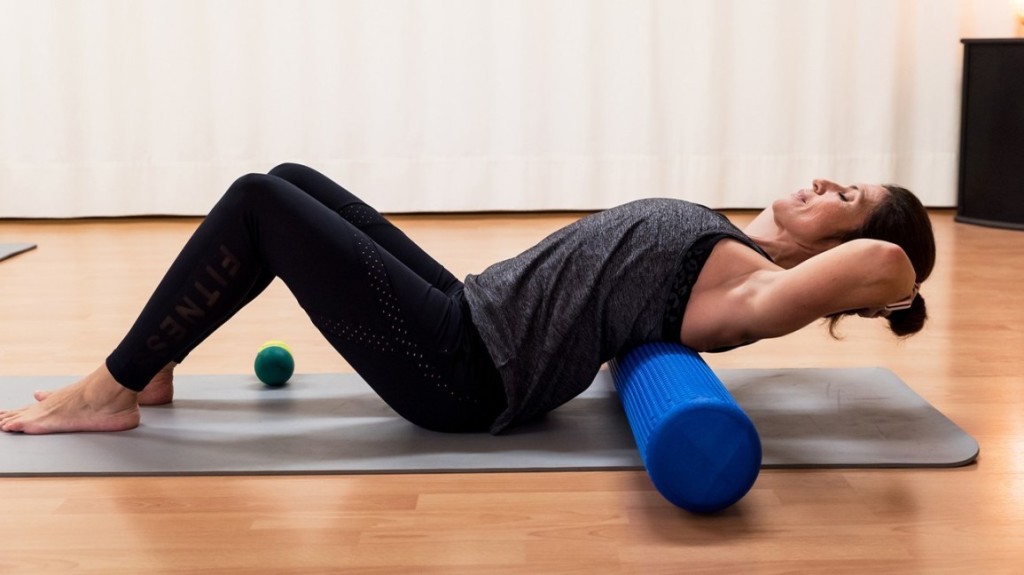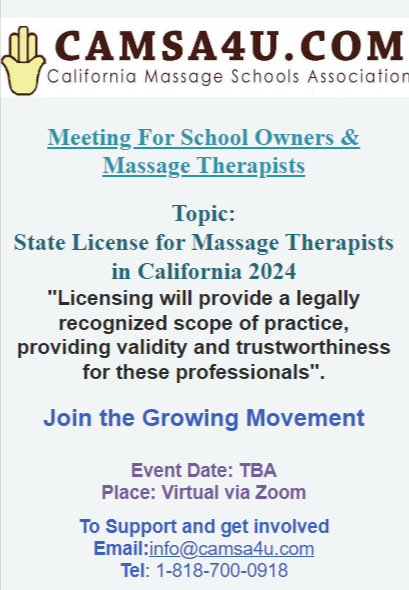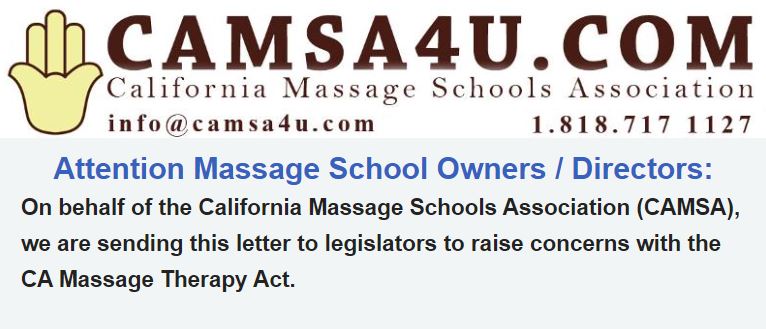Massages are a great way to release tension and stress and promote relaxation. But a new study published in the Journal of Alternative and Complementary Medicine has revealed for the first time that massages also provide a measurable, therapeutic benefit to the immune system as well.
Dr. Mark Rapaport and his team of researchers from Cedars-Sinai Medical Center in Los Angeles, Calif., evaluated 53 people, 29 of which received 45-minute Swedish massages–one of the most common forms of massage used in the U.S.–and 24 who received gentler, light touch massages. Researchers took blood samples at intervals before and after the massages and found that those who received even just one Swedish massage experienced significant, positive changes in blood composition.
“This research indicates that massage doesn’t only feel good, it also may be good for you,” explained Dr. Rapaport in a press release. “People often seek out massage as part of a healthy lifestyle but there hasn’t been much physiological proof of the body’s heightened immune response following massage until now.”
Besides experiencing a significant increase in lymphocytes, the white cells in the body that help fight and prevent disease, the Swedish massage group experienced lower cortisol levels as well. Cortisol is the hormone released by the adrenal gland in response to stress.
The Swedish massage group also experienced a decrease in arginine vasopressin, a hormone linked with aggressive behavior.






